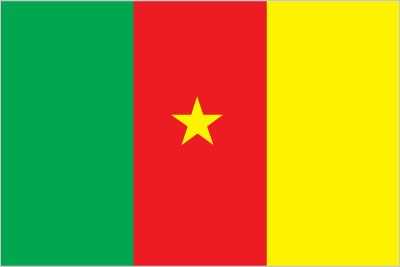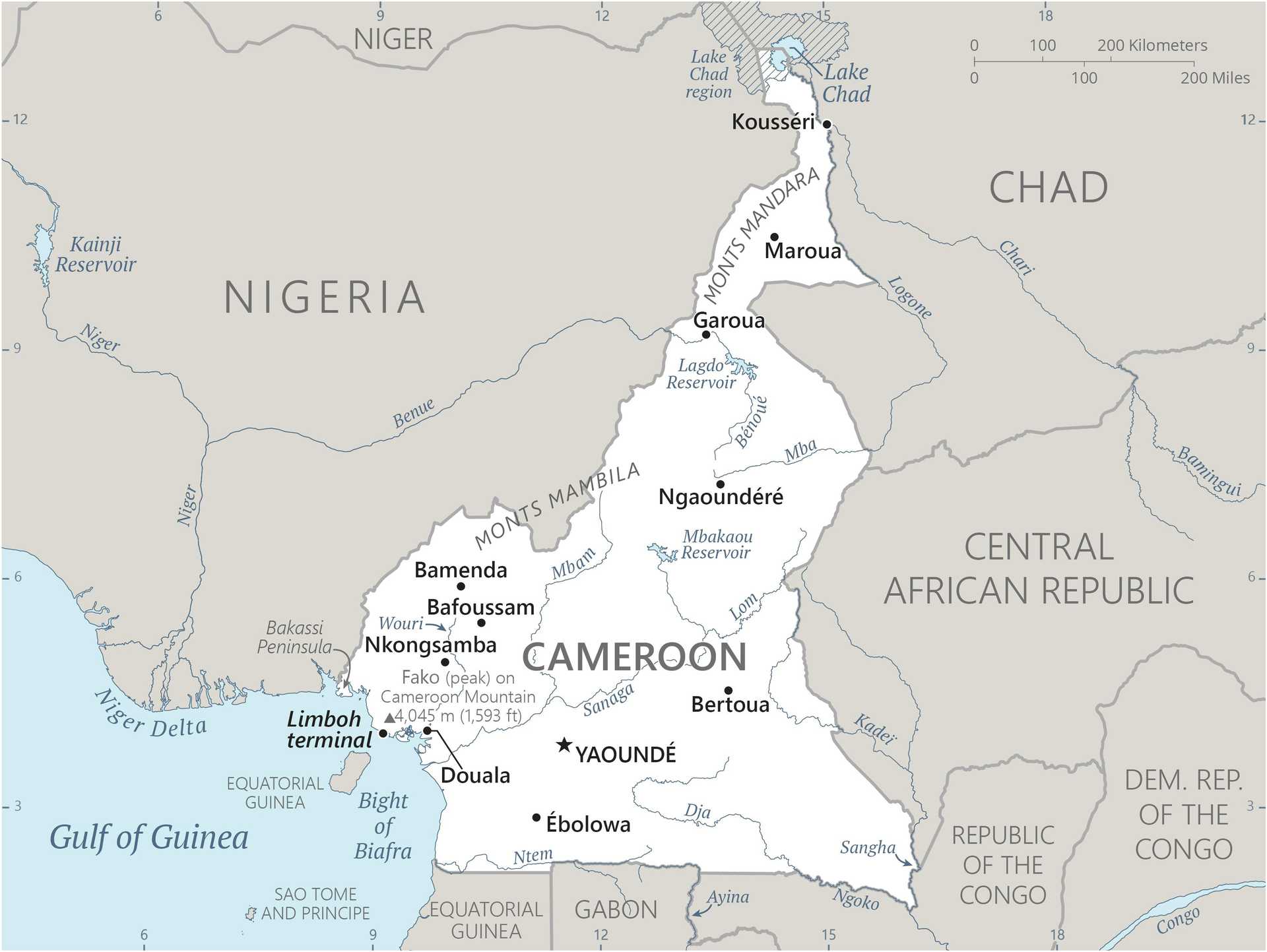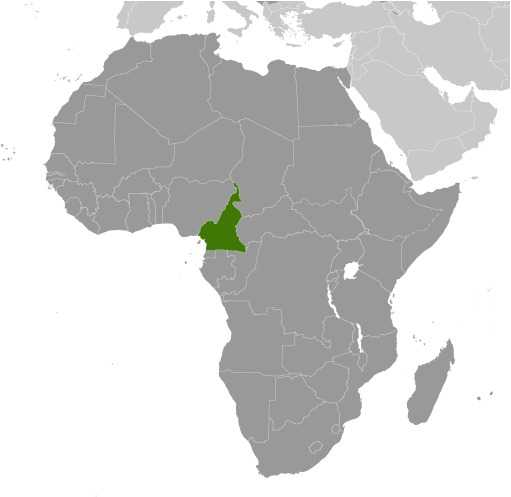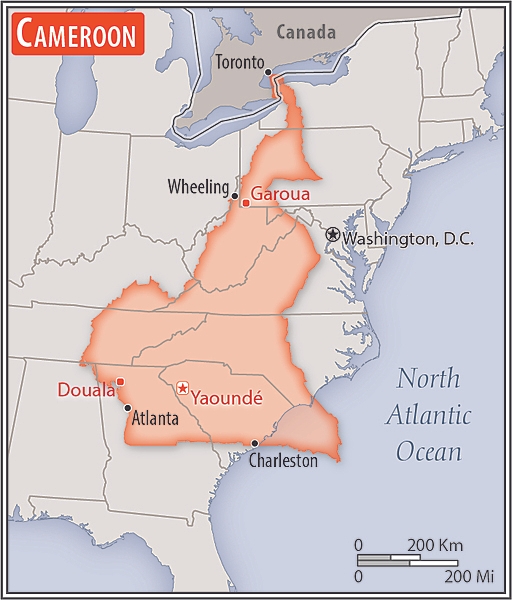Introduction
Visit the Definitions and Notes page to view a description of each topic.
Geography
People and Society
Population
comparison rankings: total 51; male 50; female 51
Languages
Median age
comparison ranking: total 216
Population growth rate
comparison ranking: 14
Birth rate
comparison ranking: 13
Death rate
comparison ranking: 102
Net migration rate
comparison ranking: 114
Maternal mortality ratio
comparison ranking: 28
Infant mortality rate
comparison ranking: total 23
Life expectancy at birth
comparison ranking: total population 209
Total fertility rate
comparison ranking: 16
Obesity - adult prevalence rate
comparison ranking: 135
Alcohol consumption per capita
comparison ranking: total 94
Tobacco use
comparison ranking: total 160
Children under the age of 5 years underweight
comparison ranking: 48
Education expenditure
comparison ranking: Education expenditure (% GDP) 163
Environment
Carbon dioxide emissions
comparison ranking: total emissions 127
Government
Economy
Real GDP (purchasing power parity)
comparison ranking: 85
Real GDP growth rate
comparison ranking: 87
Real GDP per capita
comparison ranking: 174
Inflation rate (consumer prices)
comparison ranking: 137
GDP - composition, by sector of origin
comparison rankings: agriculture 43; industry 81; services 147
Industrial production growth rate
comparison ranking: 101
Labor force
comparison ranking: 51
Unemployment rate
comparison ranking: 58
Youth unemployment rate (ages 15-24)
comparison ranking: total 155
Gini Index coefficient - distribution of family income
comparison ranking: 32
Taxes and other revenues
comparison ranking: 123
Current account balance
comparison ranking: 149
Reserves of foreign exchange and gold
comparison ranking: 102
Debt - external
comparison ranking: 48
Energy
Electricity
comparison rankings: installed generating capacity 123; consumption 124; imports 115; transmission/distribution losses 128
Energy consumption per capita
comparison ranking: 173
Communications
Telephones - fixed lines
comparison ranking: total subscriptions 70
Telephones - mobile cellular
comparison ranking: total subscriptions 51
Broadband - fixed subscriptions
comparison ranking: total 90
Transportation
Merchant marine
comparison ranking: total 67





